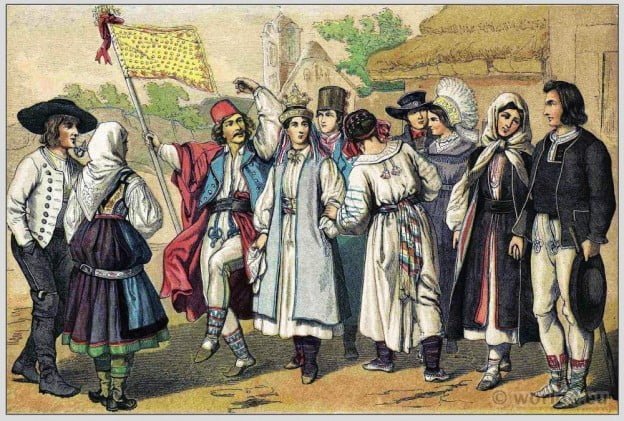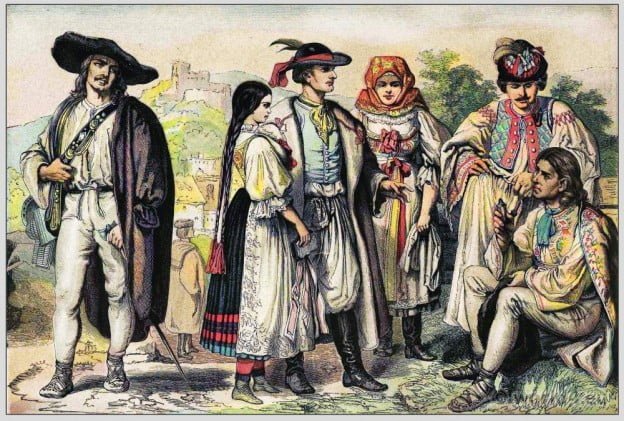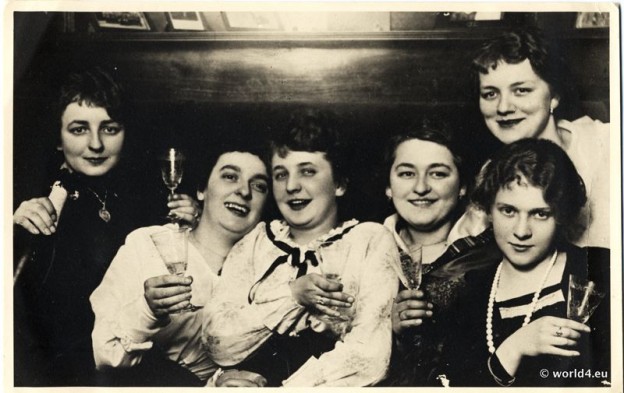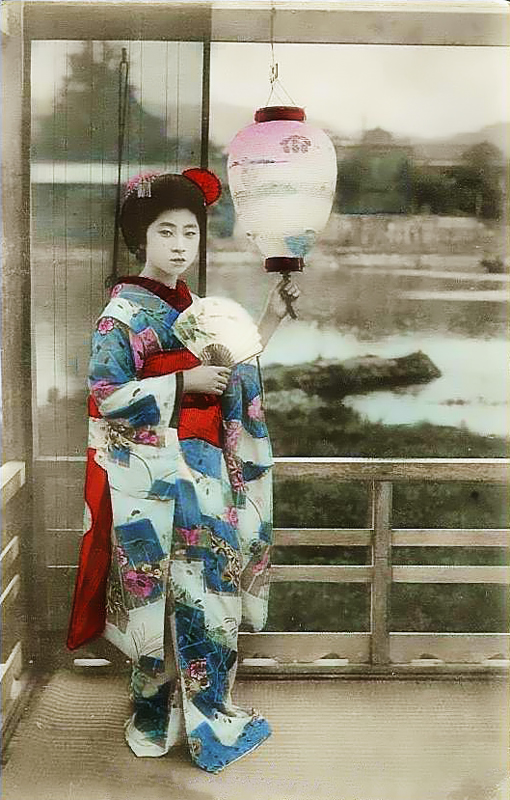Habsburg monarchy. Traditional Magyars folk dresses and nobility costumes.
Category: Genre
Slovenian folk costume. Slowenic national dresses in 1890.
Slovenian folk costume. Slowenic national dresses in 1890. The peoples of the Austro-Hungarian monarchy. Published by Johann Nepomuk Vernay, Austria, 1896.
Siebenbürgen traditional costumes. Transsylvania dresses.
Siebenbürgen traditional costumes. Transsylvanian (German Settler from Saxony and Swabia). The peoples of the Austro-Hungarian monarchy. Published by Johann Nepomuk Vernay, Austria, 1896.
Transylvania traditional dress. Romanian folk costumes.
Transylvania traditional dress. Romania folk costumes. Source: The peoples of the Austro-Hungarian monarchy. Published by Johann Nepomuk Vernay, Austria, 1896.
Magyars dancing the Czárdás. Austro-Hungarian.
The peoples of the Austro-Hungarian monarchy.
Dalmatian folk costumes. Morlakian peoples.
Traditional ethnic costumes of Maurowalachen, Dalmatian folk costumes. The peoples of the Austro-Hungarian monarchy. Published by Johann Nepomuk Vernay, Austria, 1896.
Bosnian traditional costumes in 1880
Bosnian traditional costumes. The peoples of the Austro-Hungarian monarchy. Published by Johann Nepomuk Vernay, Austria, 1896.
German woman fashion. Berlin 1920s
Berlin 1918. Famous Roaring Twenties. Private record of Party girls.
Vintage swimsuit, beachwear 1900.
Vintage Swimsuit (France postcard). French beachwear fashion in 1900.
Traditional Japanese kimono. Geisha in 1900.
Traditional Japanese kimono. Geisha in 1900. With fan and lanterns in front of landscape (postcard).









